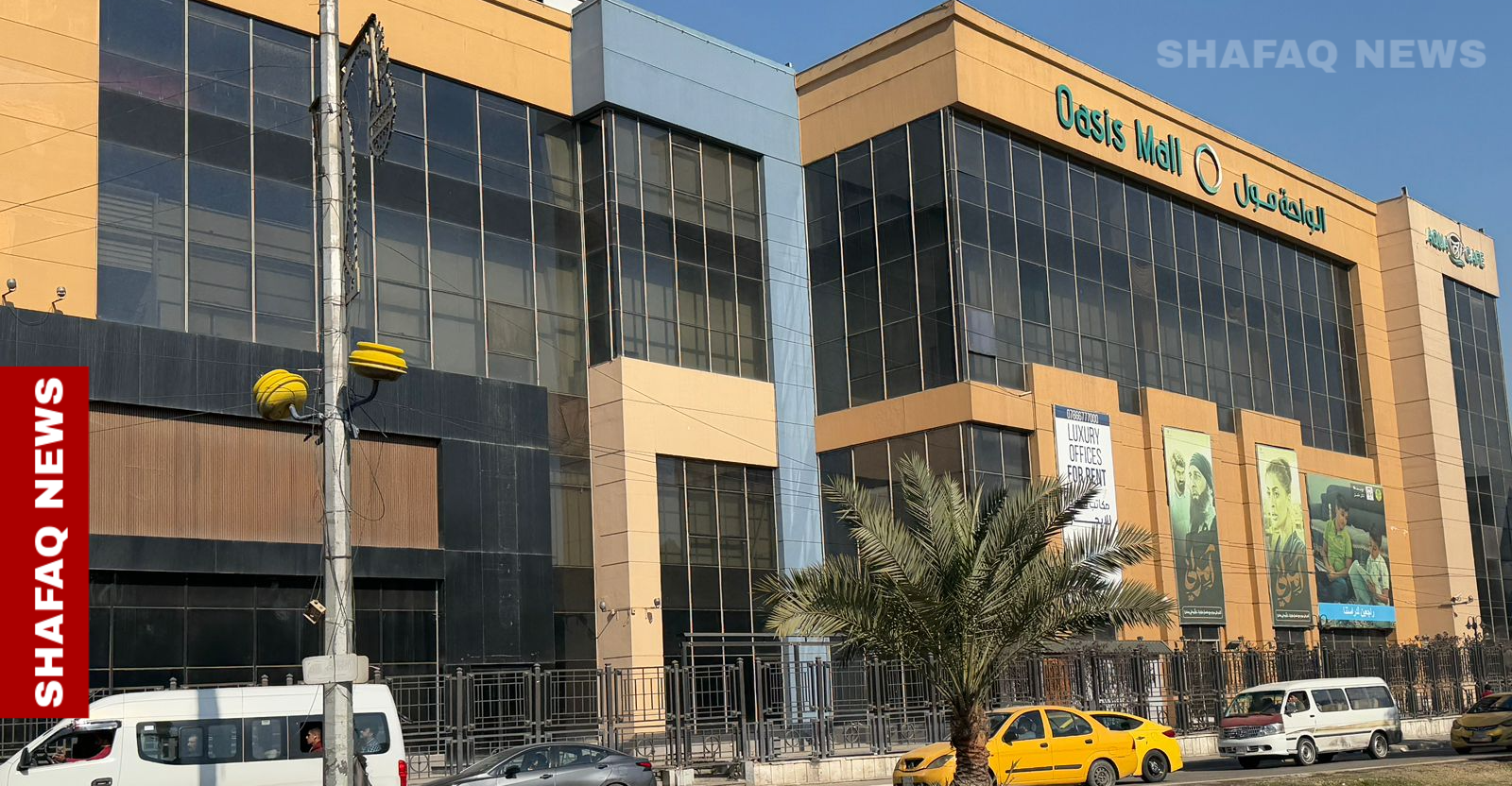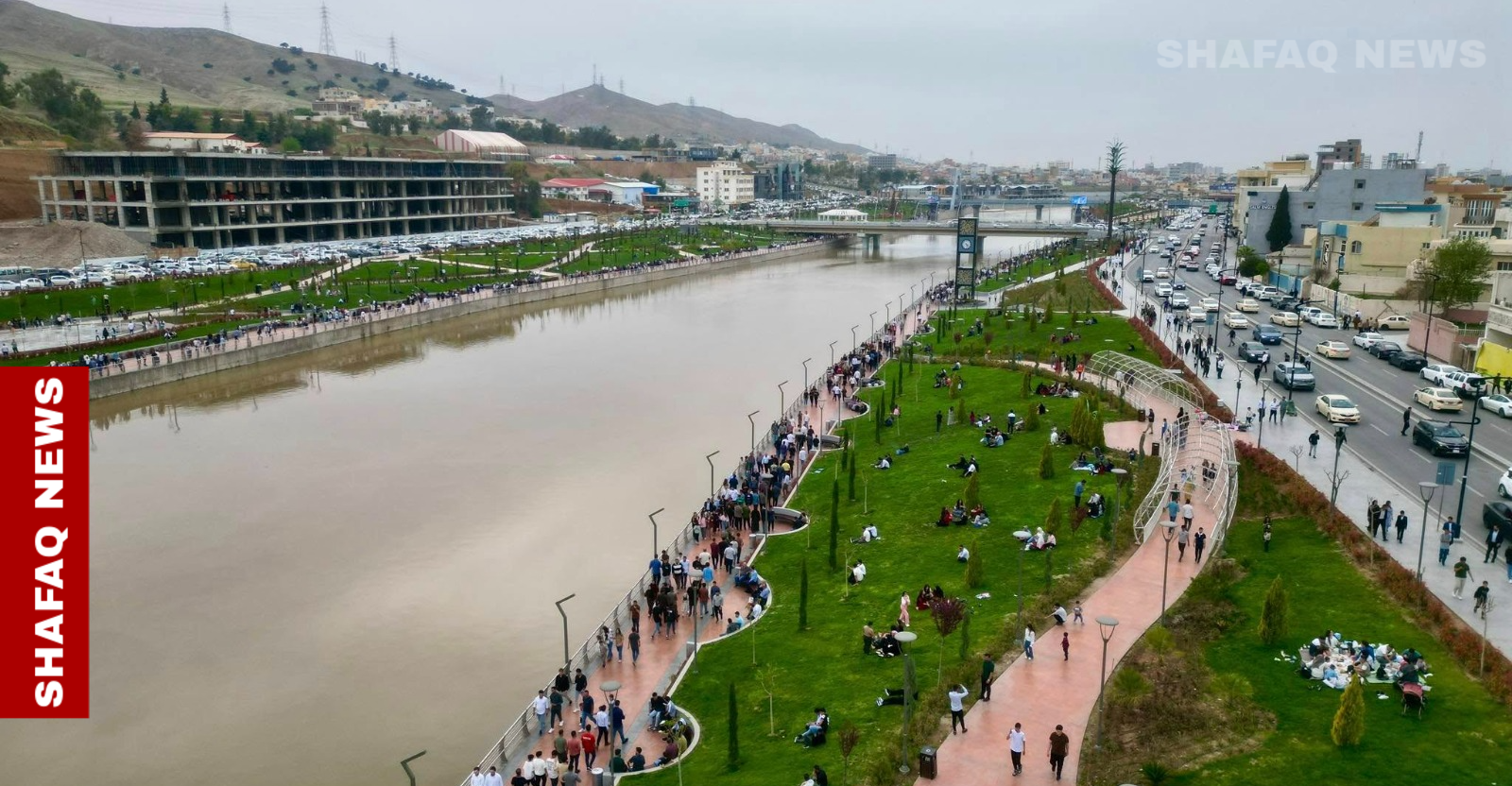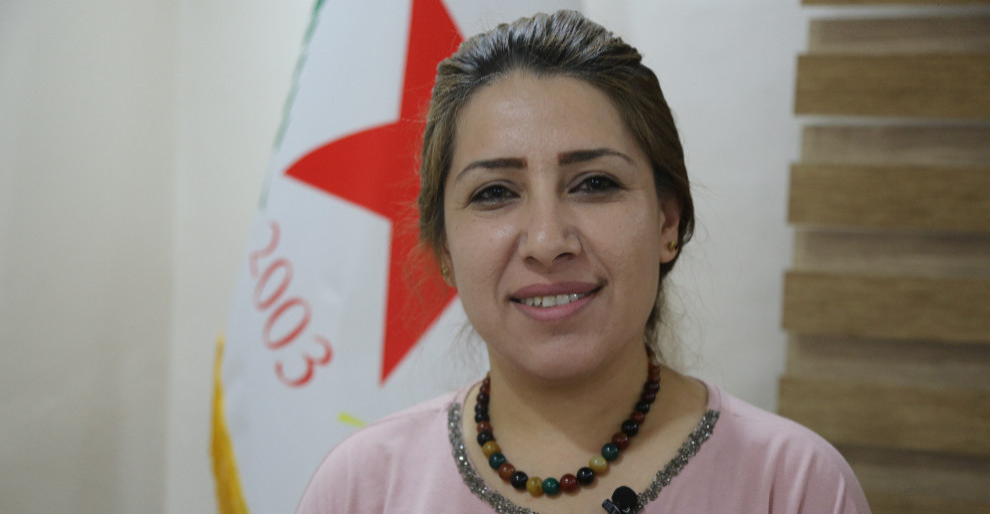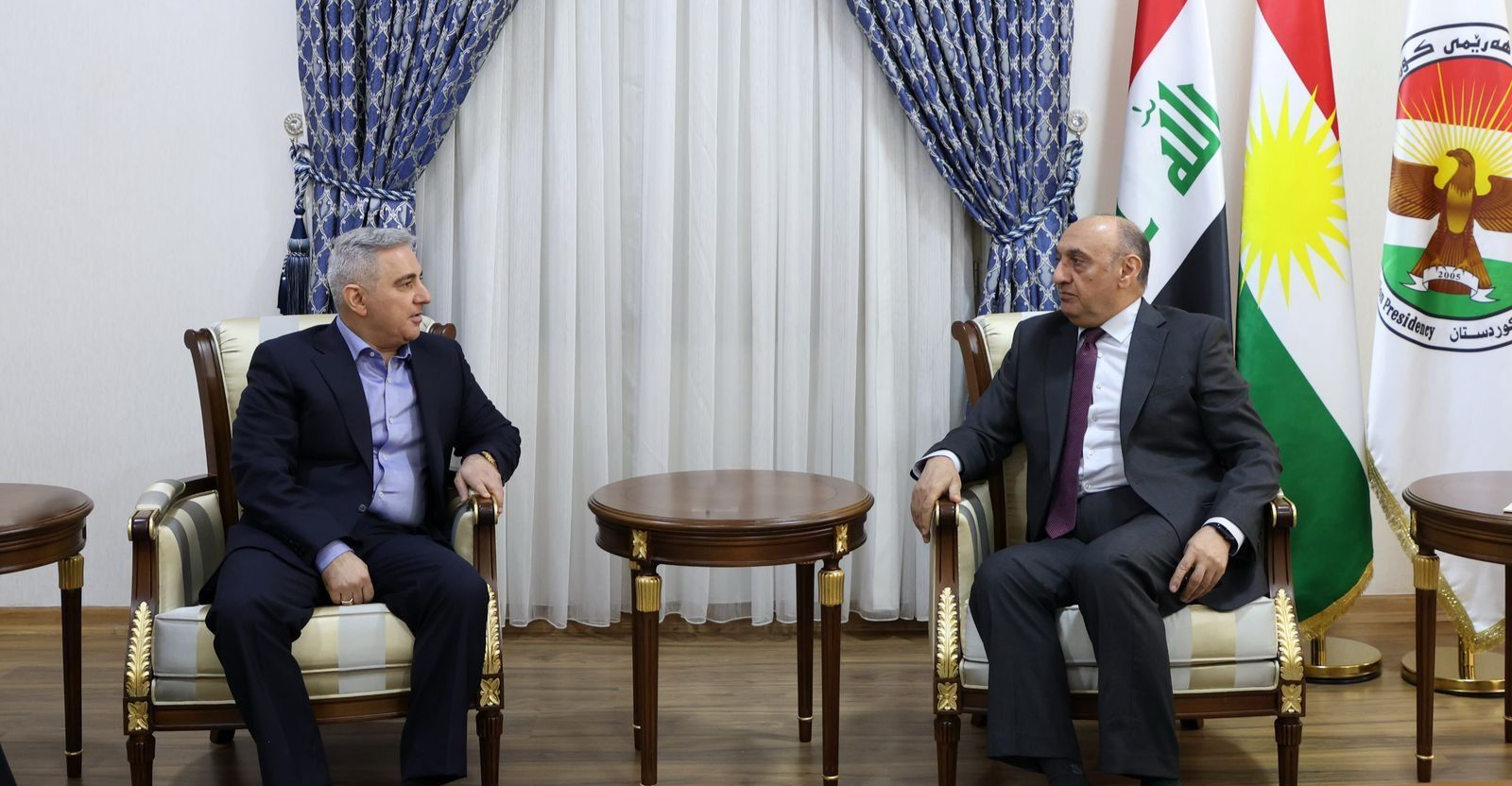Malls and Modernity: The changing face of Baghdad's historical identity

Shafaq News/ Baghdad, the city of a thousand minarets, has long been abeacon of Islamic civilization and Arab heritage, famed for its iconic domes,narrow alleys, bustling traditional markets, and the storied architecture ofthe Abbasid era. Yet, in recent years, the city’s historical identity has faceda subtle yet significant transformation. The rise of modern malls is reshapingits urban landscape and stirring debate over how progress should coexist withcultural preservation.
Since 2003, Baghdad has witnessed a rapid boom in commercialdevelopments, with modern malls becoming a ubiquitous feature of its urbansprawl. These malls, designed with contemporary standards emphasizing convenienceand integration, offer spacious layouts, eco-friendly materials, ample parking,and modern amenities such as elevators, restrooms, and green spaces.
Jadriya Mall, located in one of Baghdad’s most upscale neighborhoods,epitomizes this trend. Serving as both a commercial hub and a leisuredestination, the mall represents the promise of modernity and economic growth.However, this surge in mall development has also sparked concerns over urbanplanning, environmental sustainability, and the erosion of Baghdad's culturalcharacter.
The environmental impact of this construction boom is hard to ignore.Modern malls require vast resources, from energy-intensive cooling systems tothe concrete and steel that form their foundations. The urban heat island effect—wheredense urban areas absorb and retain more heat than their rural surroundings—hasintensified due to the unchecked spread of these massive structures.
Experts argue that the absence of centralized planning has allowedindividual interests to overshadow the collective good.
“Malls are frequently constructed without sufficient parking orconsideration for the city’s architectural harmony, further contributing toBaghdad’s urban disarray,” Contractor Fuad Ali said.
Addressing this tension the government has taken some steps in thisdirection, most notably through the Baghdad Comprehensive City Development Plan2030. This initiative seeks to harmonize the city’s economic, social, andenvironmental dimensions by relocating industrial zones, enhancing residentialareas, and implementing efficient public transit systems.
Importantly, the plan prioritizes the preservation of Baghdad’s culturalidentity, outlining measures to safeguard historic landmarks, restoretraditional neighborhoods, and protect natural environments.
Parliamentary oversight has also begun to address the unchecked spreadof malls and other commercial developments. Saeb Al-Hijami, a member of theParliamentary Committee for Investment and Development, told Shafaq News thatthe committee is actively working on recommendations to regulate shoppingcenters and private colleges to preserve Baghdad’s landmarks andinfrastructure.
Al-Hijami emphasized the need for “strict criteria in site selection,ensuring that new developments align with urban planning goals and do notdisrupt the city’s cultural or architectural landscape. While these measuresare a step in the right direction, the challenge lies in bridging the gapbetween policy and practice.”
As the city continues to evolve, the question remains: can Baghdadretain its soul while embracing the trappings of the modern world?





